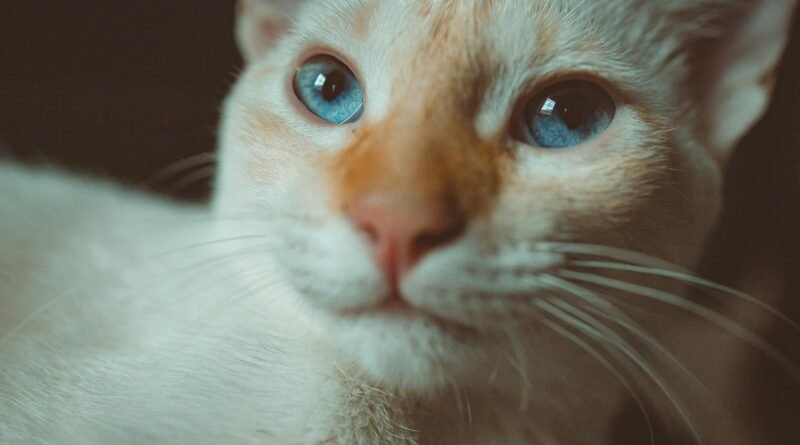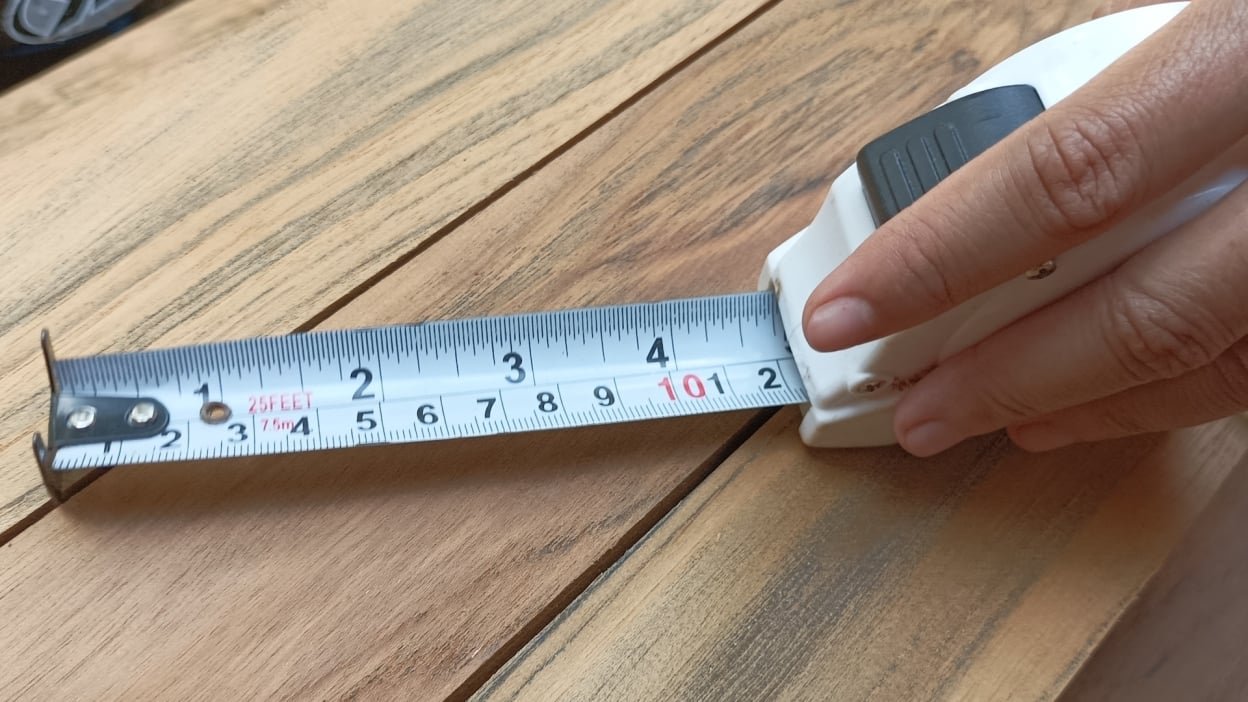Important Cat Facts: Why Do Cats Purr?
One of the most enchanting aspects of a cat’s behavior is its purring. That gentle, rhythmic sound that cats make, which seems to vibrate from deep within their bodies, is a source of fascination for pet owners and animal lovers alike. Many people associate purring with content, happy cat, often imagining their feline companion basking in comfort and joy. But why exactly do cats purr? Is it simply a sign of happiness, or is there more to this soothing sound? In reality, cats purr for a variety of reasons, and the science behind it is more complex than you might think.
The Science of Purring: How Cats Do It
Before delving into the reasons for purring, it’s useful to understand how cats produce this unique sound. The mechanism behind purring is both simple and complex. Essentially, it involves the rapid contraction and relaxation of the muscles within a cat’s larynx (or voice box), combined with the movement of the diaphragm. These muscle movements cause the glottis, the part of the throat responsible for opening and closing the airway, to open and close quickly, producing a rhythmic sound as the cat breathes in and out.

The purr ranges in frequency from about 25 to 150 Hertz, a range that has been associated with various therapeutic benefits. Interestingly, not all cats purr. While domestic cats and some wild cats, like cheetahs, can purr, larger cats like lions and tigers do not produce a continuous purr—they roar instead.
A Sign of Contentment: Purring as an Expression of Happiness
The most commonly understood reason cats purr is simple: contentment. When your cat curls up on your lap, eyes half-closed, and begins to purr, it is often an expression of comfort and relaxation. Cats purr when they are in a familiar, non-threatening environment, when they feel safe, or when they are being petted or groomed.
Kittens start to purr as early as a few days old. It’s believed that they purr as a way to communicate with their mother, signaling that they are safe, content, and nursing successfully. This early association with warmth, safety, and care likely extends into adulthood. Many cat owners recognize that cats will often purr while being stroked or even as they knead with their paws, another behavior linked to kittenhood.
But purring doesn’t always mean a cat is happy. There are other reasons for this mysterious sound, some of which might surprise you.
Purring as a Self-Soothing Mechanism
Cats are known for their independence and ability to hide pain or distress, but purring can sometimes indicate discomfort or anxiety. For example, many cats purr when they are sick, injured, or even near death. This behavior is believed to be a self-soothing mechanism. Much like how a person might hum or sigh to calm themselves down in stressful situations, cats may purr to comfort themselves when they are feeling unwell or stressed.
In this context, purring functions as a way for cats to regulate their emotions and maintain a sense of calm, even in difficult circumstances. If your cat is purring but also showing signs of discomfort—like hiding, not eating, or displaying lethargy—it might be a signal that something is wrong, and a visit to the veterinarian may be necessary.
Also Read: Why Are Cats So Cute?
Healing Powers: Purring for Recovery and Health
One of the most fascinating theories about why cats purr relates to its potential healing properties. Researchers have discovered that the frequencies at which cats purr—between 25 and 150 Hertz—are ideal for promoting tissue regeneration and bone healing. Studies have shown that exposure to these low frequencies can increase bone density, promote healing of soft tissues, and reduce pain and inflammation.
For cats, this could mean that purring helps them recover more quickly from injuries or illnesses. Since they are natural predators and prey animals, they may have evolved this ability to heal quietly and subtly, ensuring they don’t draw attention to themselves when they are vulnerable. In essence, purring may act as an internal healing mechanism, helping cats stay in peak physical condition.

Interestingly, some scientists believe that purring may not only benefit cats but could also have therapeutic effects on humans. The calming, low-frequency vibrations produced by a purring cat can have a soothing effect on people, reducing stress, lowering blood pressure, and even potentially aiding in the healing of bones or soft tissue injuries. While this area of study is still in its early stages, the idea that a purring cat could be beneficial to human health is an intriguing one.
Purring as Communication
Cats are not particularly vocal compared to dogs, but they have a wide range of ways to communicate with their human companions and with other animals. Purring can be one such form of communication. For example, a hungry cat may purr in a different way than a content one. Researchers have noted that some cats purr with a slightly higher pitch when they are seeking attention or food from their owners. This “solicitation purring” has been compared to a baby’s cry, triggering a human response to attend to the cat’s needs.
Other Instances of Purring
There are other occasions when a cat might purr that don’t fit neatly into categories of contentment, self-soothing, or healing. For instance, some cats purr when they are about to attack or defend themselves, potentially as a way to calm their nerves before a tense encounter. It’s also possible that cats purr during these times as a way to signal to others that they are not looking for a fight, despite the tension of the situation.
Conclusion: A Multifaceted Behavior
Cats are mysterious creatures, and purring is just one of the many ways in which their behavior can both delight and puzzle us. While purring is often associated with content, happy cat, it’s clear that this behavior serves multiple purposes. Whether your cat is purring because it’s content, self-soothing, communicating, or even healing, it’s a complex and versatile sound that is far more than just an expression of happiness.
So the next time your cat curls up beside you and starts purring, you’ll know that there’s a whole world of reasons behind those gentle vibrations—some you can see, and others that remain hidden beneath their calm, feline exterior.
The post Important Cat Facts: Why Do Cats Purr? appeared first on ezine articles.




